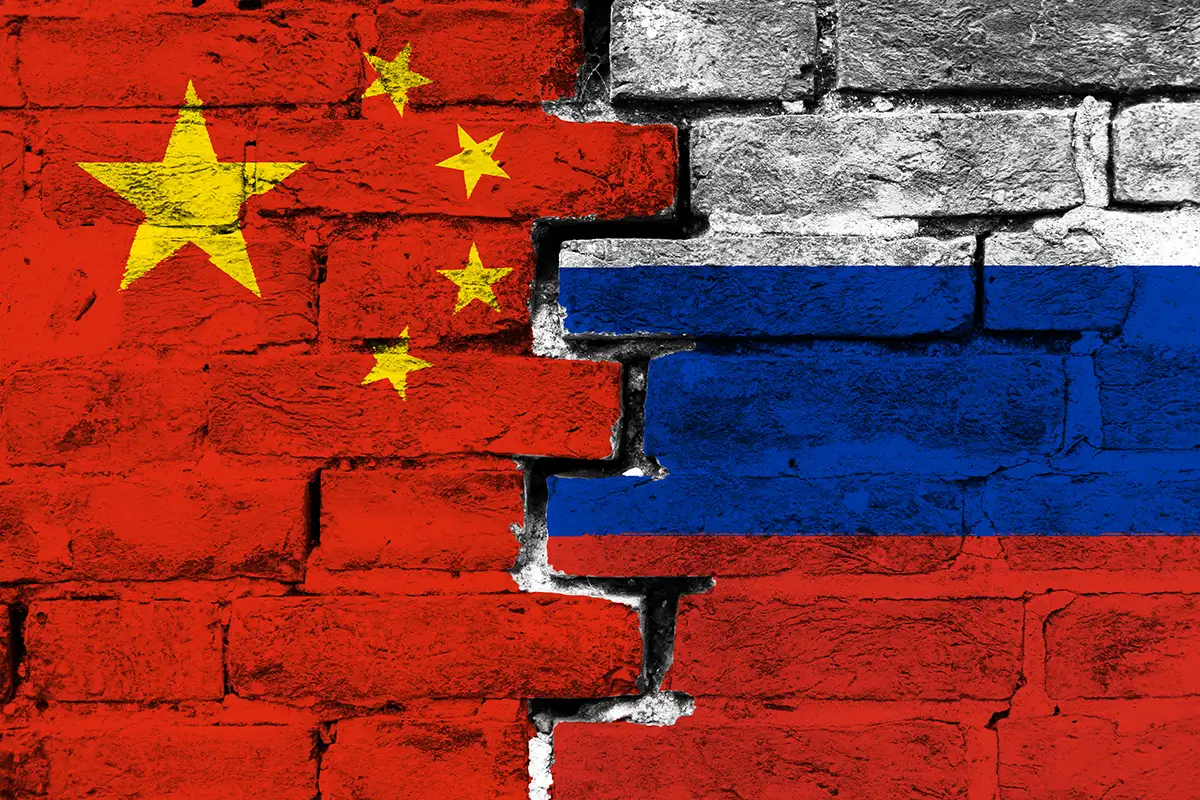Marking the opening of the Power of Siberia natural gas pipeline between Russia and China in early December, Russian President Vladimir Putin said that the pipeline “brings the Russian-Chinese strategic partnership in the energy sector to a whole new level.” His counterpart, Chinese President Xi Jinping, described it as “a landmark project of China-Russia energy cooperation and a paradigm of deep convergence of both countries' interests and win-win cooperation.” Their strong statements seem aimed at multiple audiences: domestic populations who see their countries suffering from disputes with the United States, domestic elites looking for clear signals of their respective leaders’ priorities, elites in the other nation looking for signs of mutual commitment to the China-Russia partnership, and — of course — Washington and its allies and partners. But is the pipeline really that important? In a previous InDepth article, my colleague Erica Downs discussed the importance of this pipeline to China. Below I will address what it means for Russia.
Power of Siberia, or Sila Sibiri in Russian, was a core element of the May 2014 agreement through which Russia’s gas giant Gazprom is eventually to deliver some 38 billion cubic meters (bcm) of natural gas to China each year for 30 years. At the time, observers valued the deal at $400 billion. Experts project that it will supply close to 10 percent of China’s gas by 2022. In addition to Sila Sibiri’s role as a symbolic, economic and physical connection between Russia and China, Moscow has touted the pipeline as a way to diversify Russia’s gas markets away from Europe, where demand growth has slowed, and to mitigate the impacts of U.S. and European sanctions. A recent article published by Sputnik News, Russia’s official foreign propaganda outlet, highlighted these themes under the title “Russia-China Pipeline from Siberia to Shanghai Bypasses U.S. ‘Strategic Clout.’”
$400 billion is clearly a significant sum for Russia or any other nation, even over thirty years. But to put the Sila Sibiri pipeline into context, the controversial Nord Stream 2 pipeline from Russia to Germany will reportedly double the capacity of the existing Nord Stream pipeline to a total of 110 bcm per year. Thus Nord Stream 2 alone could handle 55 bcm per year, or about 50 percent more gas than Sila Sibiri. The two Nord Stream pipelines together could deliver triple the gas that China has contracted.
Gazprom says that it exported 58.5 bcm to Germany and 162.4 bcm to Western Europe in 2018. Also that year, Gazprom sent an additional 38.4 bcm — almost the identical quantity promised to China — to central and Eastern Europe. Russia’s leading energy economists expect exports to China to remain a fraction of those to Europe for decades to come. From the customer’s end of these relationships, Russia’s share of China’s total gas consumption will also be significantly smaller than its share of German and European consumption. Moscow and Beijing may therefore each have less relative pipeline-related leverage over one another than Moscow and Berlin have.
China is also likely to be a less profitable customer for Russia. The expansive Sila Sibiri mega-project is much more expensive than Nord Stream 2, despite the China project’s smaller capacity. Nord Stream 2’s original price tag was projected at 9.5 billion euros, or about $10.5 billion, though it could end up somewhat higher; Sila Sibiri requires developing not only the pipeline, but also new gas fields and infrastructure, with the total cost estimated at $55 billion. On top of this, outside observers generally believe that the deal required Gazprom price concessions. Contemporaneous accounts hinted at a price at the low end of Gazprom’s European price range and below what China would have paid for liquified natural gas (LNG) imports in the Asian market.
Notably, the initial Chinese-Russian agreement came in May 2014, about two months after the Obama administration’s first executive order authorizing U.S. sanctions on Russia in the wake of Moscow’s occupation of Crimea. During the two months preceding the deal, the United States and the European Union closely coordinated new sanctions announcements in an effort to pressure Russia to change its behavior. Russia’s economy was already in trouble before this; after a brief rebound following the 2008-2009 financial crisis, growth was slowing in 2013 and the World Bank expected continued difficulty if Russia did not pursue structural reforms.
Whether the pipeline will actually bring Moscow and Beijing closer together outside their energy relationship — much less cement some kind of Chinese-Russian alliance, as some seem to fear — is harder to quantify than Sila Sibiri’s economic and energy impacts. Thus far, Sila Sibiri appears to reflect, rather than drive, the Russia-China alignment. Shared complaints about Washington are the fuel in the engine of Russia-China relations, not natural gas. While the project will doubtless establish and strengthen personal ties among individuals in the two governments and in the principal firms involved, Sila Sibiri seems most important in its symbolic power and in dramatically opening China’s large and growing gas market to Russian exports.
Looking ahead, it bears noting that if Gazprom can build a Nord Stream 2, the firm and its Chinese partners could develop Sila Sibiri 2 — or something else — if market conditions warrant. Indeed, in the more distant future, Russia’s natural gas could become a key element in China’s emerging strategy to lead in hydrogen fuel cell production for electric vehicles. Natural gas, composed primarily of methane (CH4), is rich in hydrogen.
For now, analysts and officials should certainly watch the Russia-China energy relationship — but they should do so without becoming swept up in the hype. A single pipeline can only be understood within the complete framework of Russia’s and China’s energy relationships.



